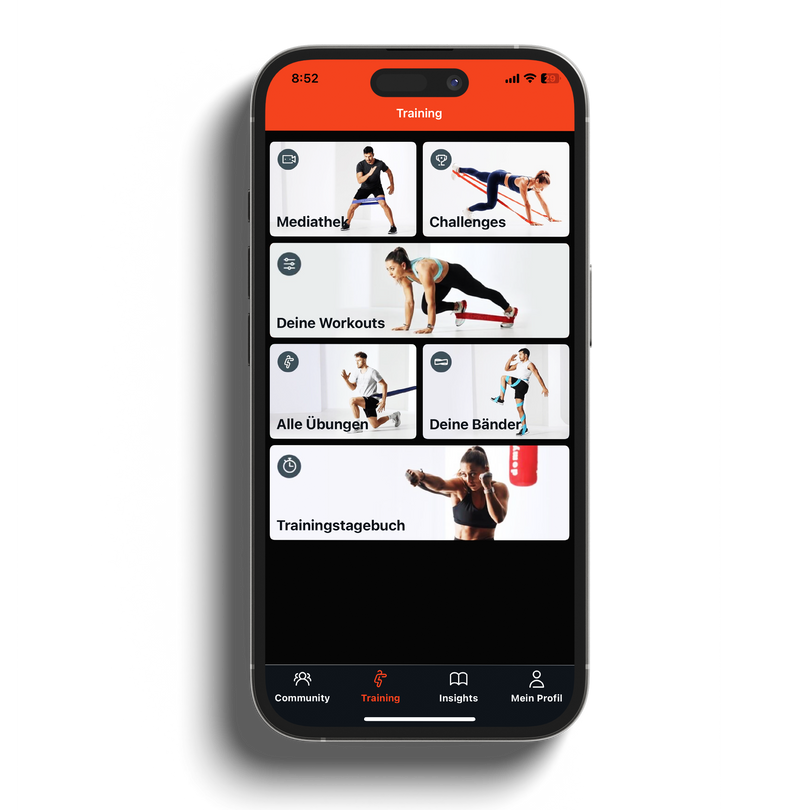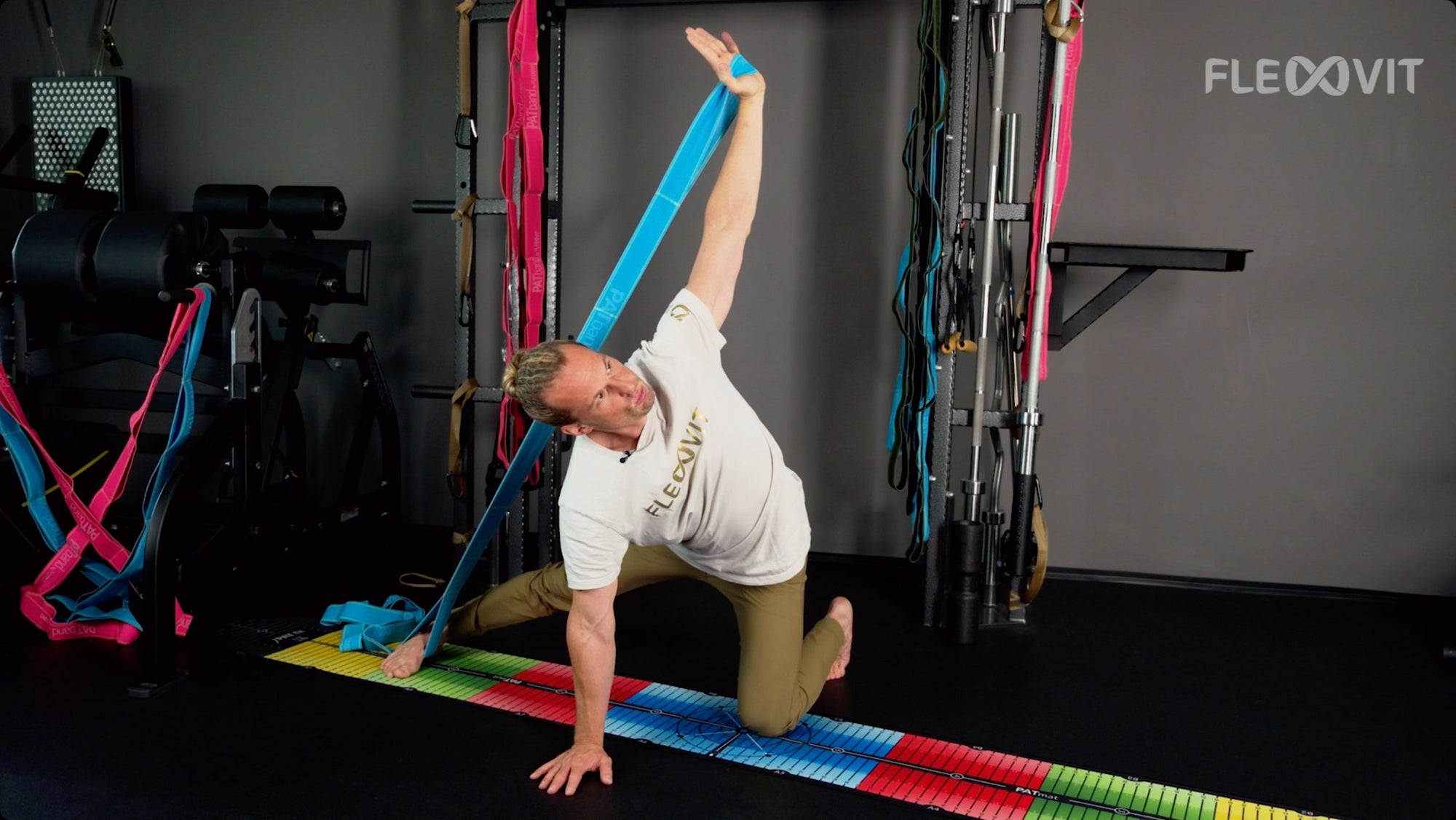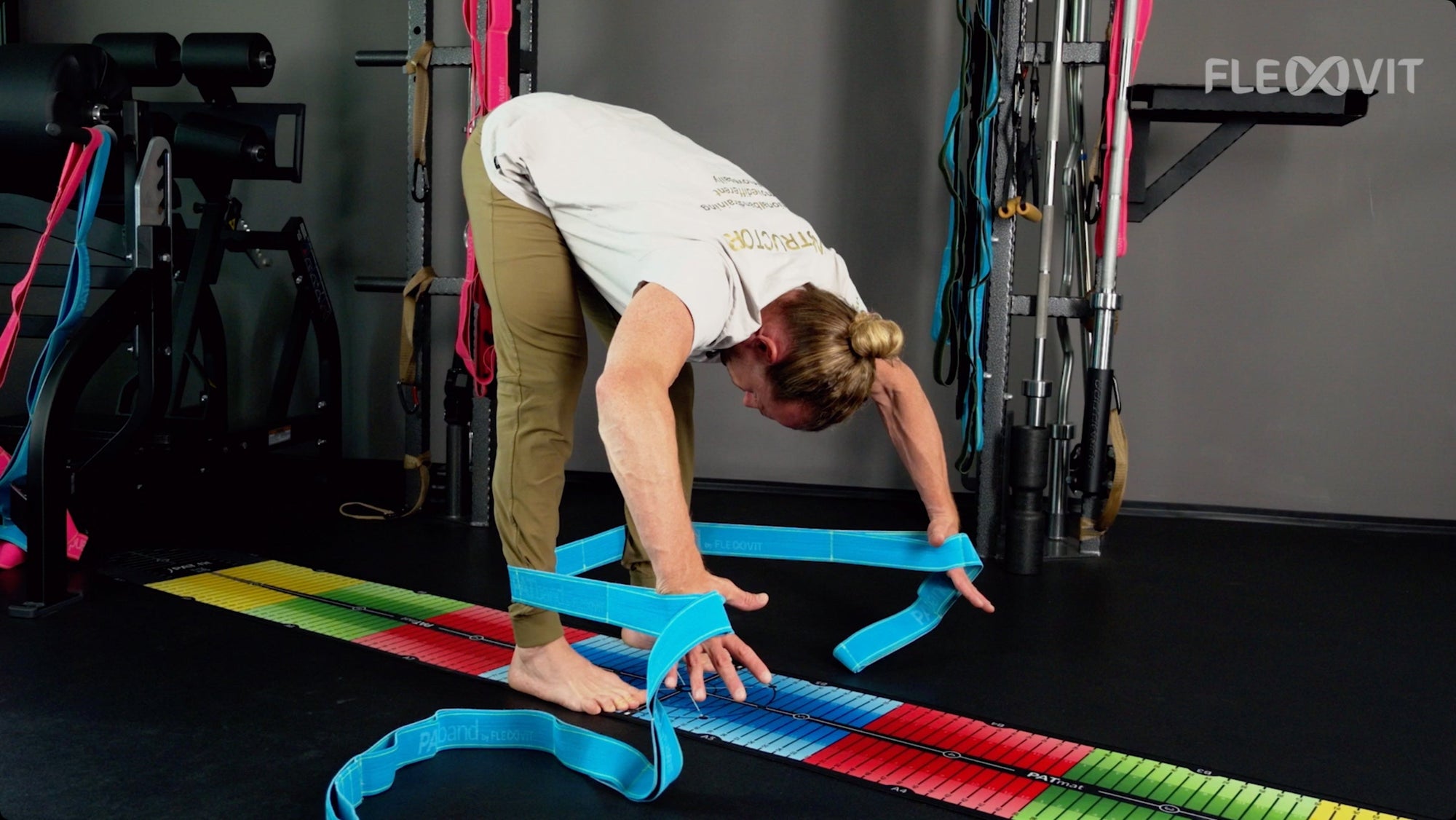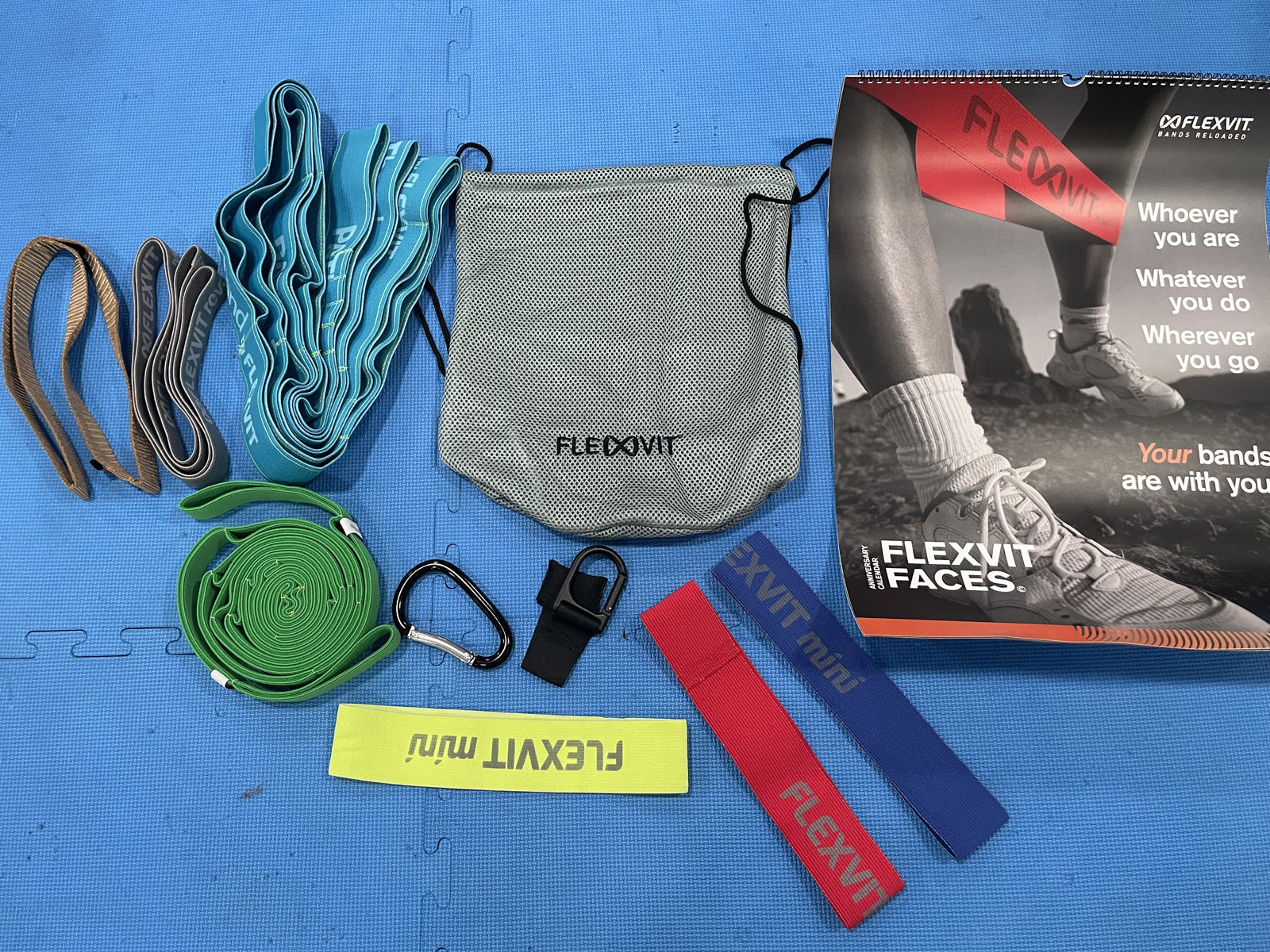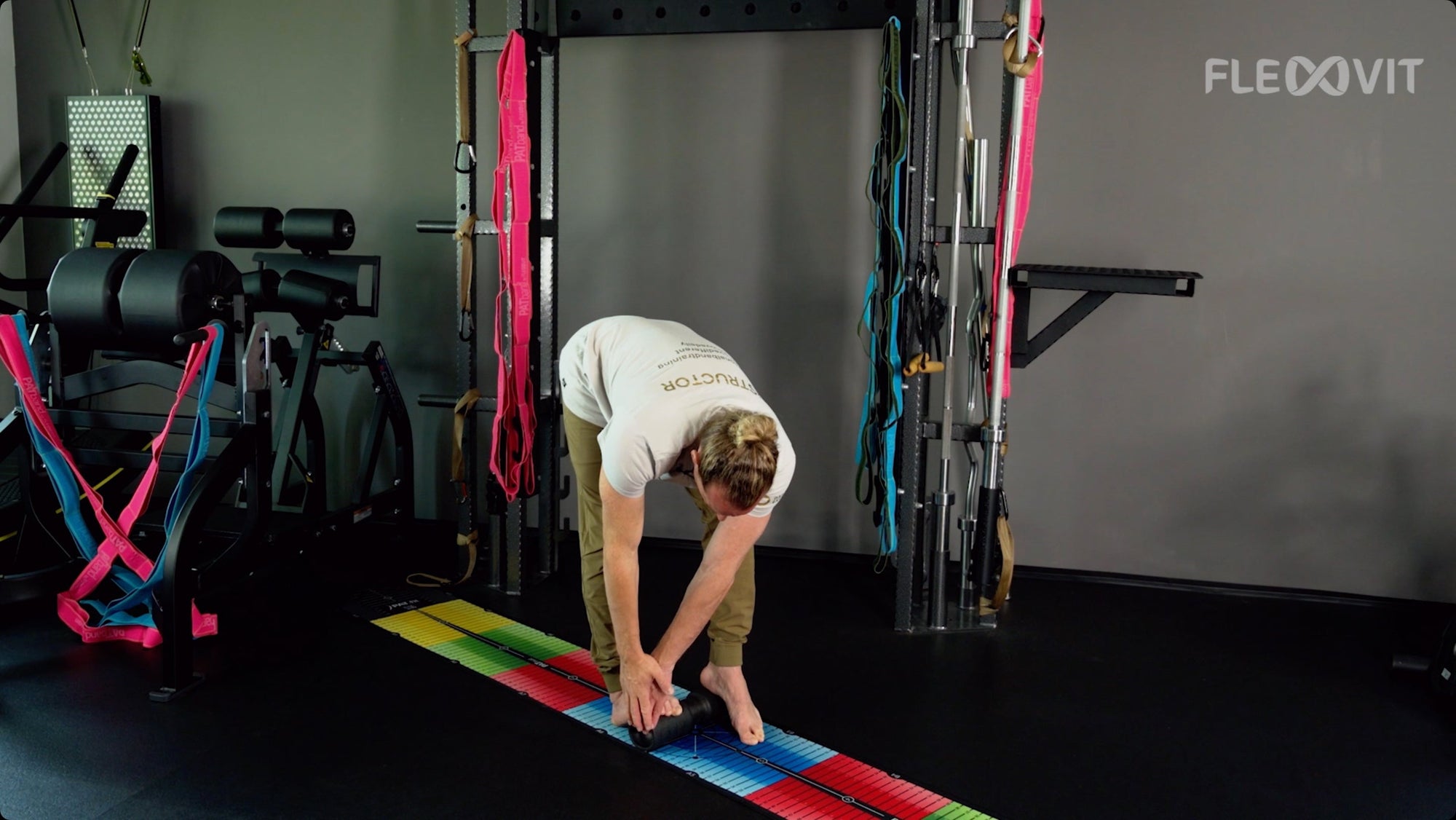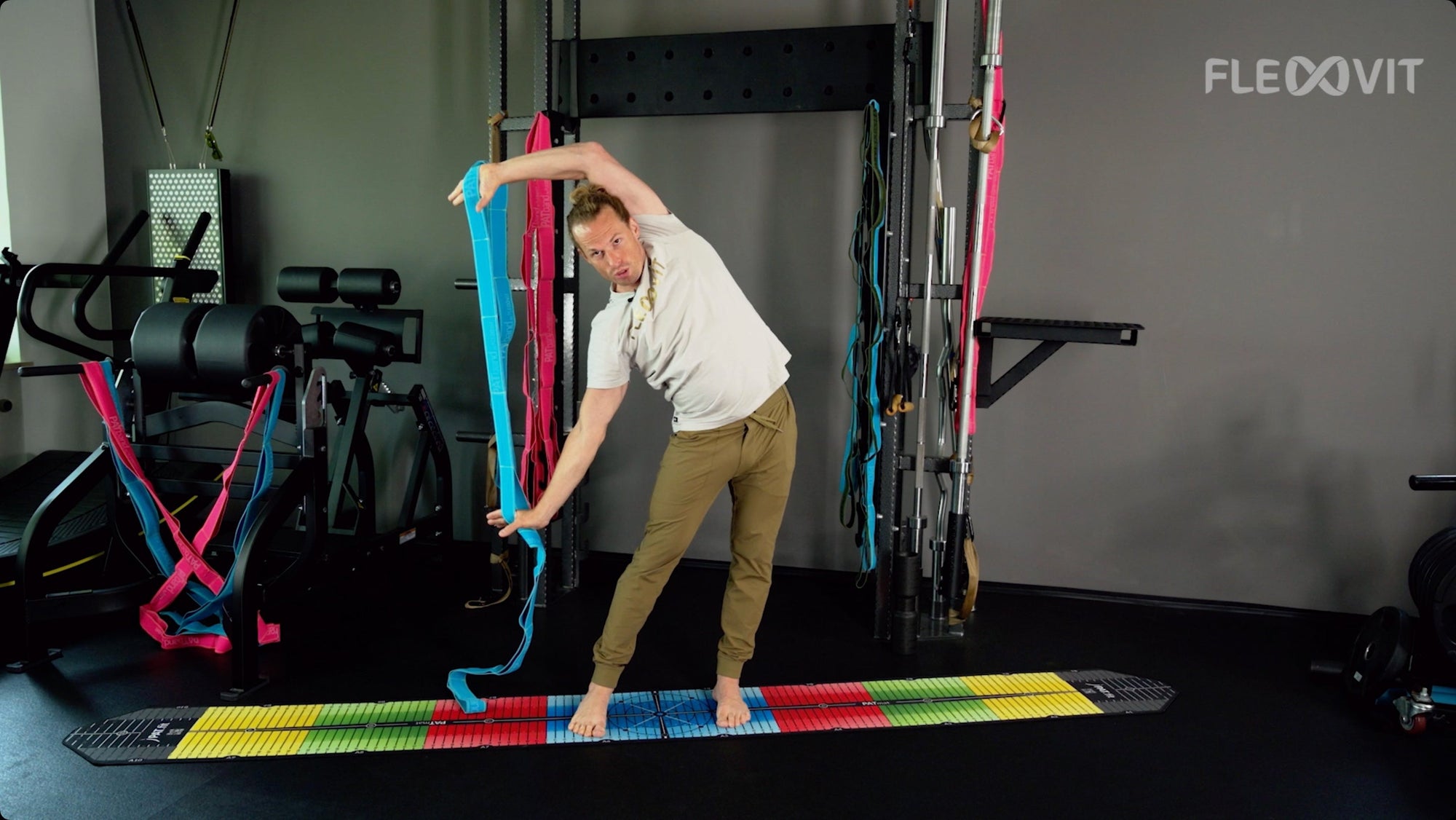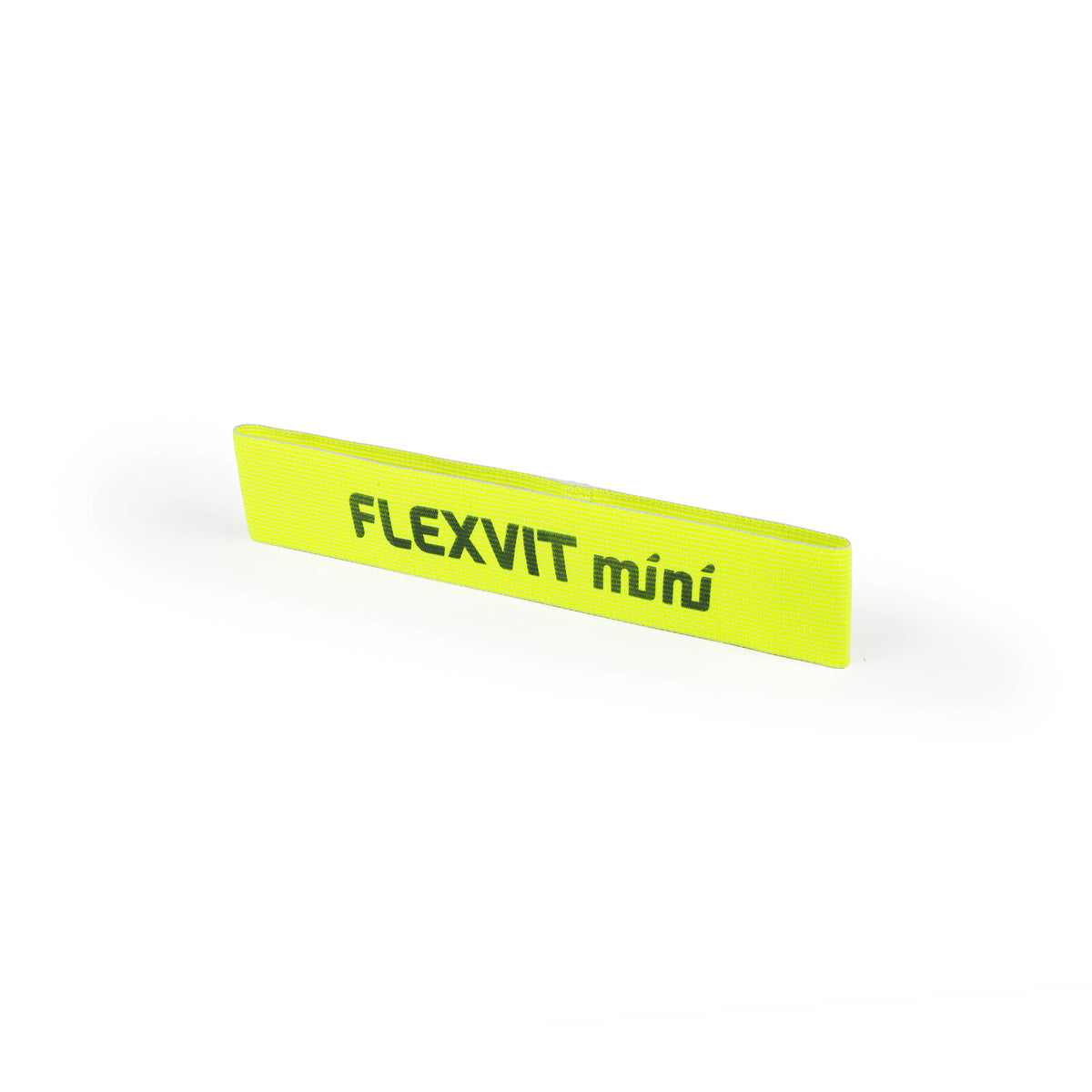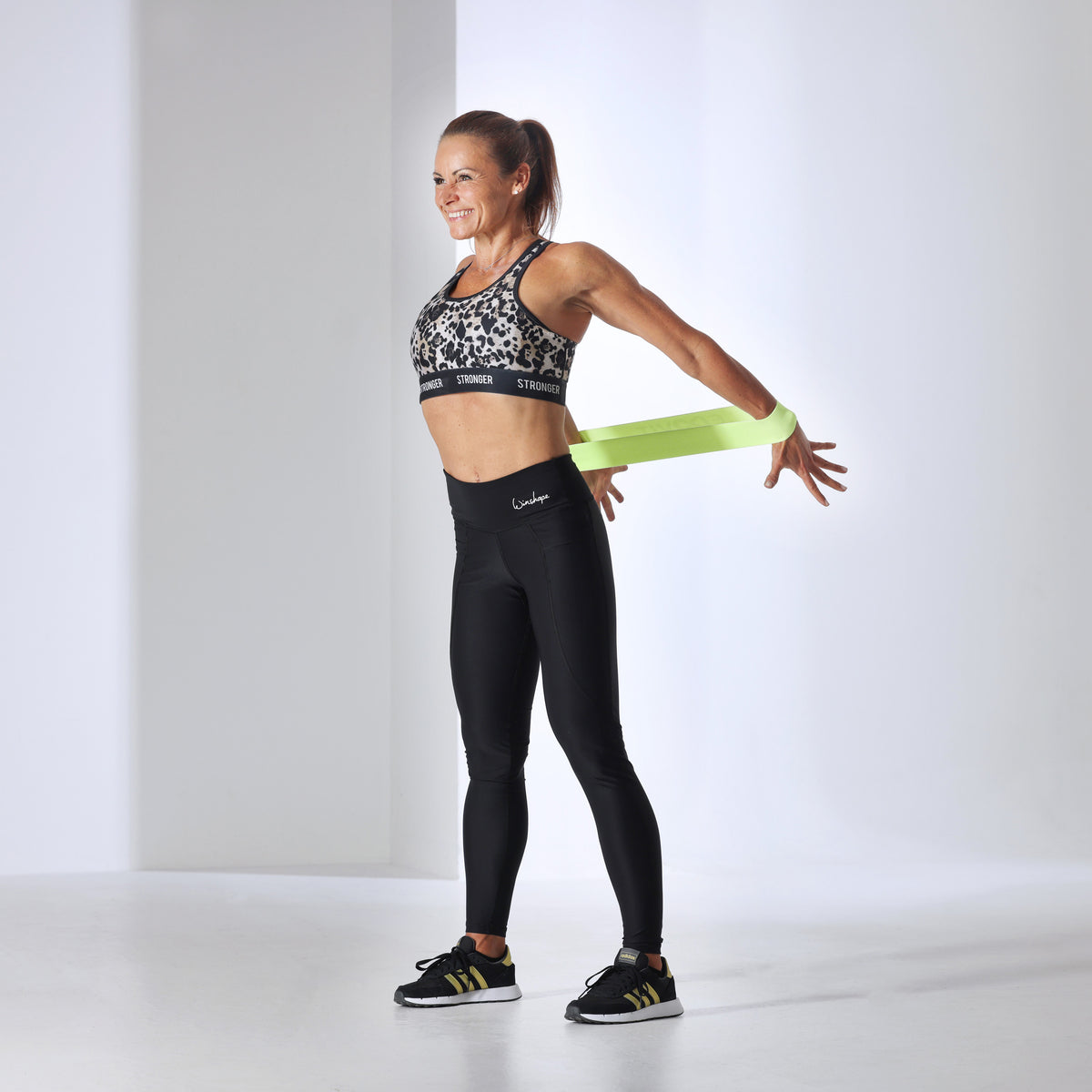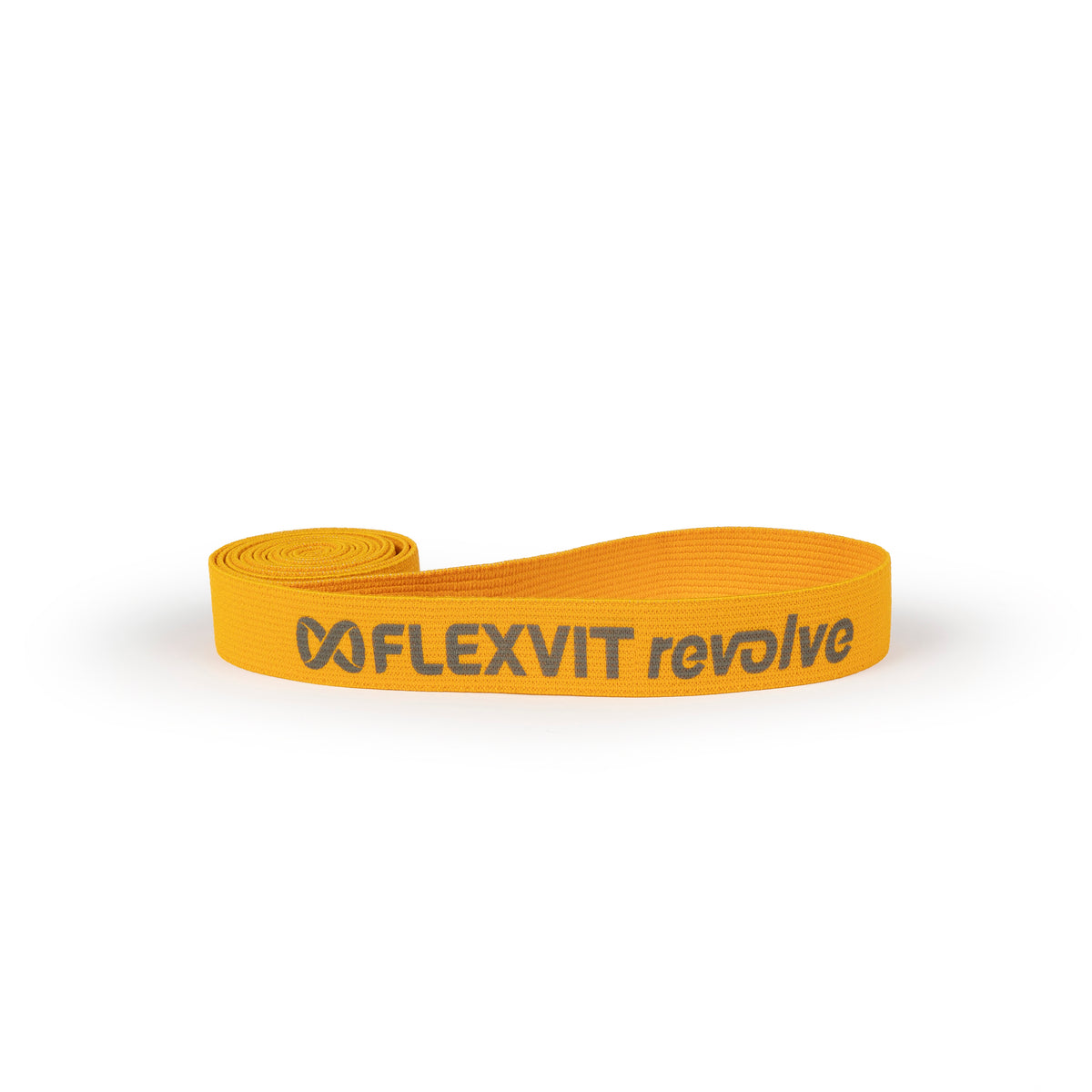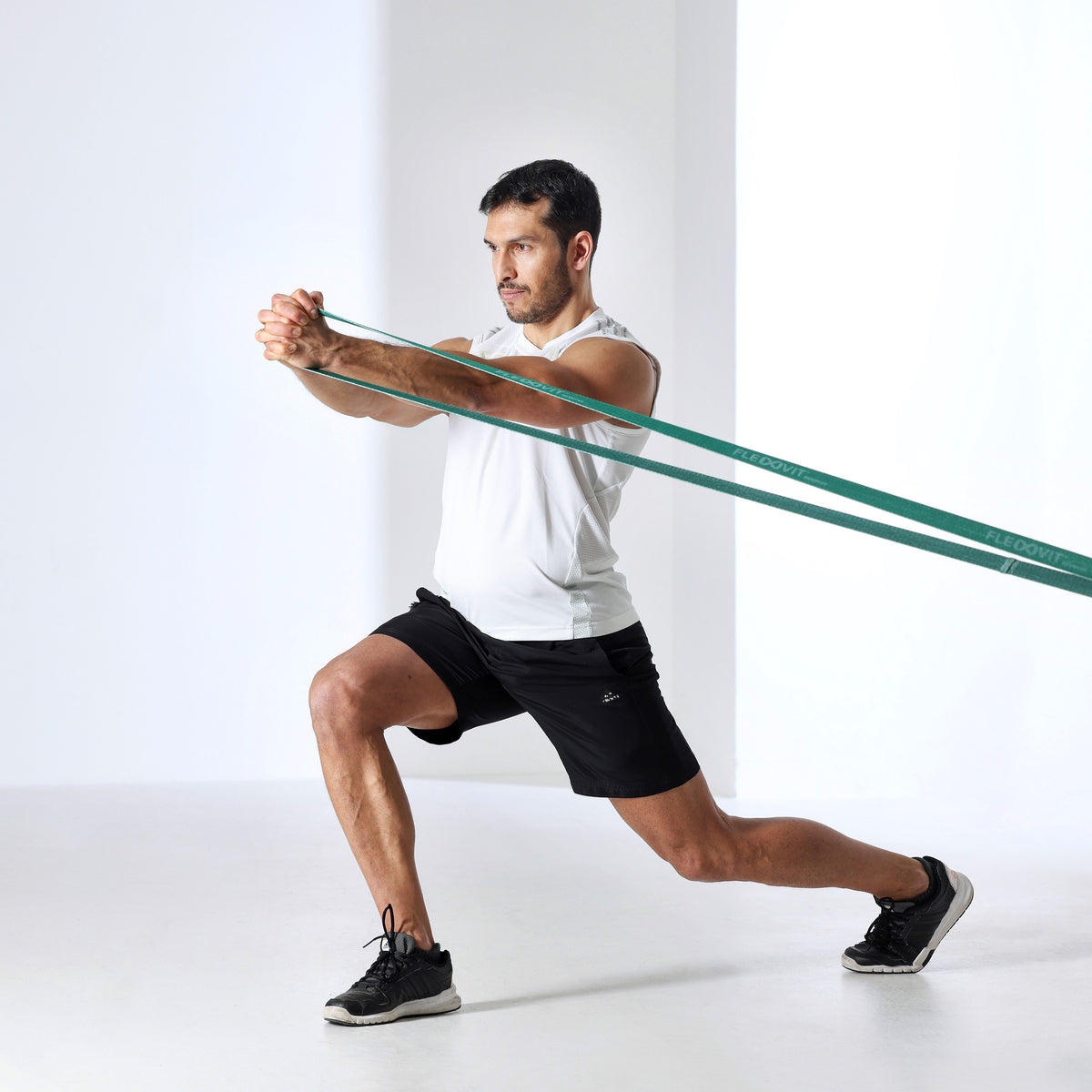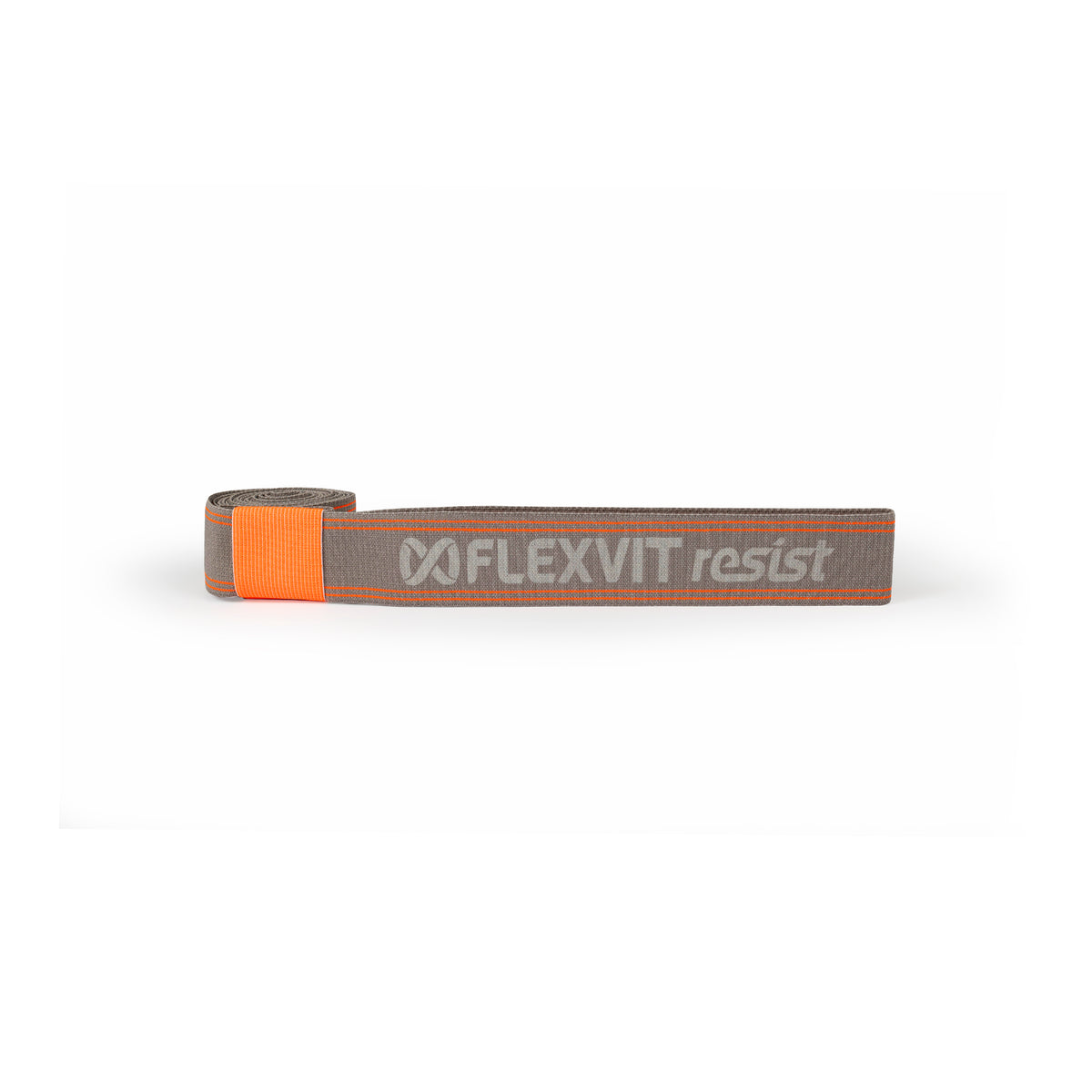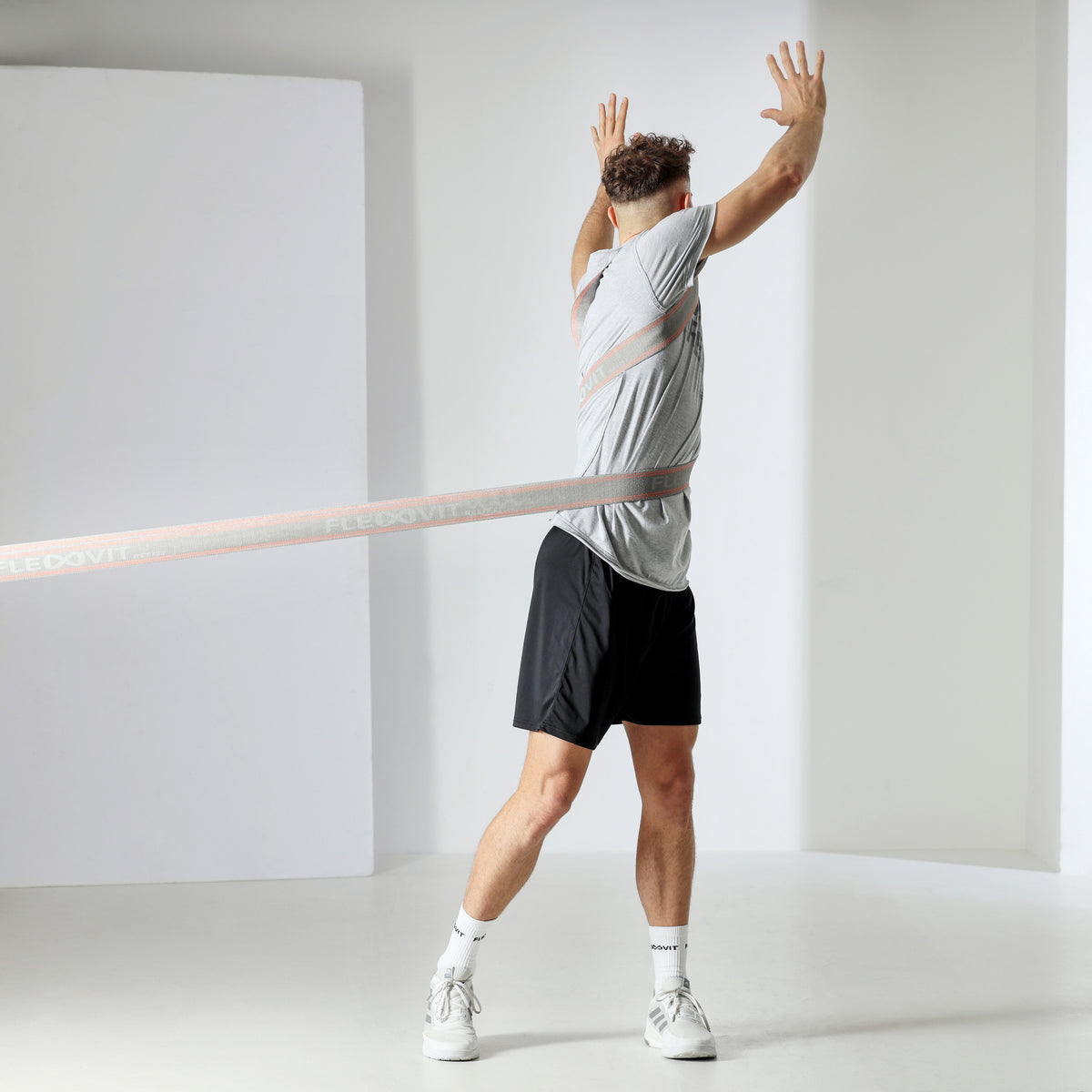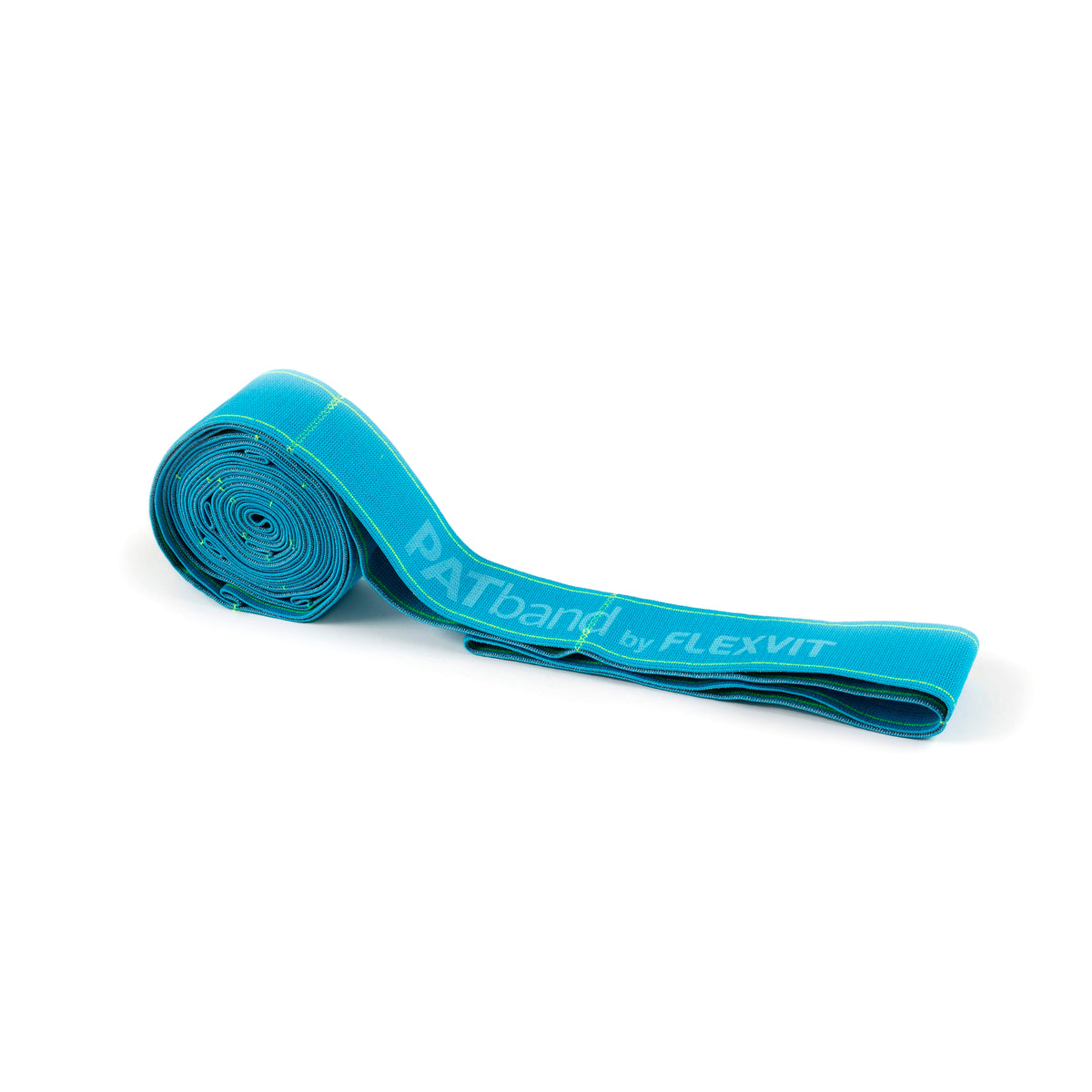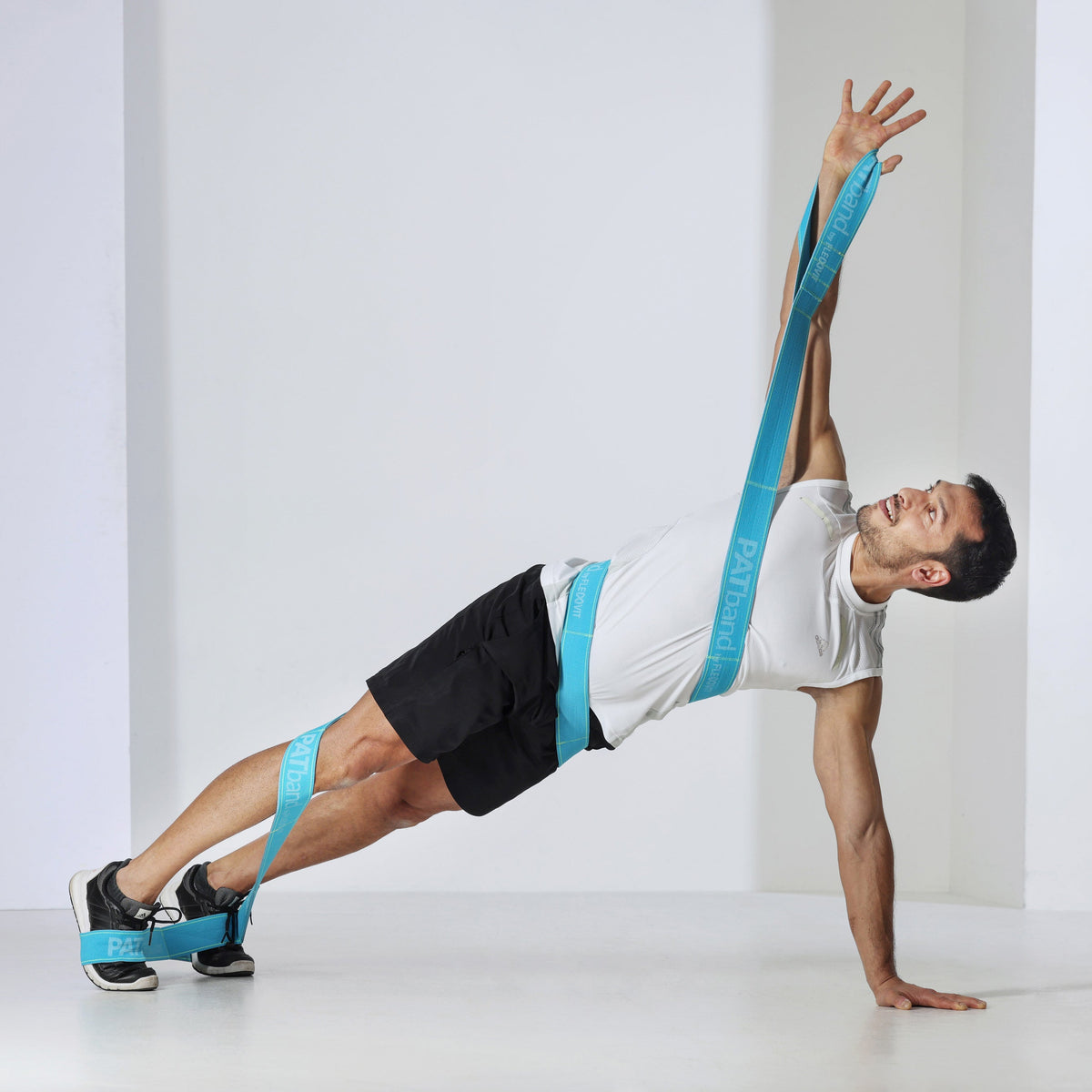The hip – center for strength, balance and freedom
The hip is the gateway to your natural range of motion. It connects your lower and upper body, ensures dynamic power transmission, and gives you stability in virtually every everyday situation—from the first step out of bed to the last sprint on the sports field. Hip mobility and strength determine how upright, controlled, and energetic you experience your day, whether walking, lifting, sitting, or performing complex movements.
Muscle-fascia chains: The hip as a control center in the movement network
Every movement in your body is the interplay of muscles, fascia, and joints, which are organized into muscle-fascia chains. 1 The hip, in particular, is a central hub of these myofascial pathways—for example, via the deep frontal line, the spiral line, or the dorsal line. Restrictions in this area have a domino effect: They can spread to the sacroiliac joint, the lumbar spine, and even the knees and feet. Therefore, anyone who specifically improves their hip mobility influences their entire movement pattern from head to toe.
Identify limitations and counteract them specifically
Deficiencies in hip mobility often become apparent late in life: tension, poor balance, or diffuse pain when sitting, walking, or exercising are often just the tip of the iceberg. Sitting for too long, lack of activity, and monotonous movement patterns weaken the central function of the hip. Taking countermeasures early not only trains for greater freedom of movement but also effectively protects the back and knees from overload.
What characterizes real hip mobility
Functional mobility goes beyond simple stretching—it means developing control, strength, and a variety of movement on multiple levels. Only the active interaction of the hip with the muscle-fascia chains ensures dynamic movement, efficient power management, and economical posture both when walking and during sports. The result: a balanced, powerful gait and lasting freedom from pain.
Banded Mobility: Systematically for a supple hip
Targeted, active hip training with resistance bands like the FLEXVIT PATband takes your mobility to a new level. These tools not only strengthen individual muscles, but also activate and connect the entire chain, ensuring healthy, dynamic movements. In everyday life and in competition, this forms the foundation for sustainable well-being and performance.
The 3 most effective banded mobility exercises for the hips
1. Open the front of the hip – activation instead of just stretching
Ideal for those who sit a lot: This exercise releases shortened muscles in the front, activates the buttocks and supports you in achieving an upright, relaxed gait.
- Start in a heel seat, with the band reaching from the floor to your body height.
- Fix the band, hand on the same side grabs the opposite loop, place one leg forward.
- Actively push your hips forward, tighten your buttocks, and move your hand backward and outwards.
- Conscious exhalation into the stretch.
The complete step-by-step instructions, progression options and many variations can be found in the FLEXVIT Banded Mobility Course . The exercise video gives you just a taste!
2. Groin stretch – More space for your hips
This movement focuses on the mobility of the groin and adductors – important for balance, freedom of movement and prevention of one-sided strain.
- Sit with the soles of your feet touching.
- Guide the band from knee to knee across the floor, allowing yourself to feel the pull.
- Knees sink towards the floor in a controlled manner, groin opens.
- Heels closer to the pelvis for greater intensity.
You can find more variations, improvements and tips in the FLEXVIT Banded Mobility Course .
3. Glutes and internal rotation – control meets flexibility
For targeted mobilization and strengthening in the area of hip rotation and extension – essential for the harmonious flow of movement in the entire chain.
- While sitting, place the band twice around the shoulder and opposite back.
- Tie in the leg on the band side and bend it – this creates tension.
- Move shoulder diagonally towards foot, feel rotation.
- When standing up, the core muscles are also activated.
You will find even more exercises, all step-by-step instructions and exercise variations in detail in the FLEXVIT Banded Mobility Course .
Conclusion – Freedom of movement begins in the hips
With a mobile, functionally strong hip, you create the foundation for stability, ease, and a healthy, balanced posture—whether during training, everyday life, or athletic activity. Make this key area the focus of your mobility training and optimize the interaction of your muscle-fascia chains.
Do you want to specifically improve your hip mobility? Then discover the FLEXVIT Banded Mobility Course now. with detailed instructional videos, comprehensive step-by-step instructions, and all progressions. Plus, get the matching PATband . for your training progress!
Don’t want to miss any articles on the topic of mobility?
Sign up for our Mobility email list here and stay up to date!
> Stay up to date and sign up for our FLEXVIT Mobility newsletter
Footnotes
- Myers, T. W. (2021). Anatomy Trains: Myofascial Meridians for Manual Therapists and Movement Professionals. Fourth Edition, Elsevier. ↩

